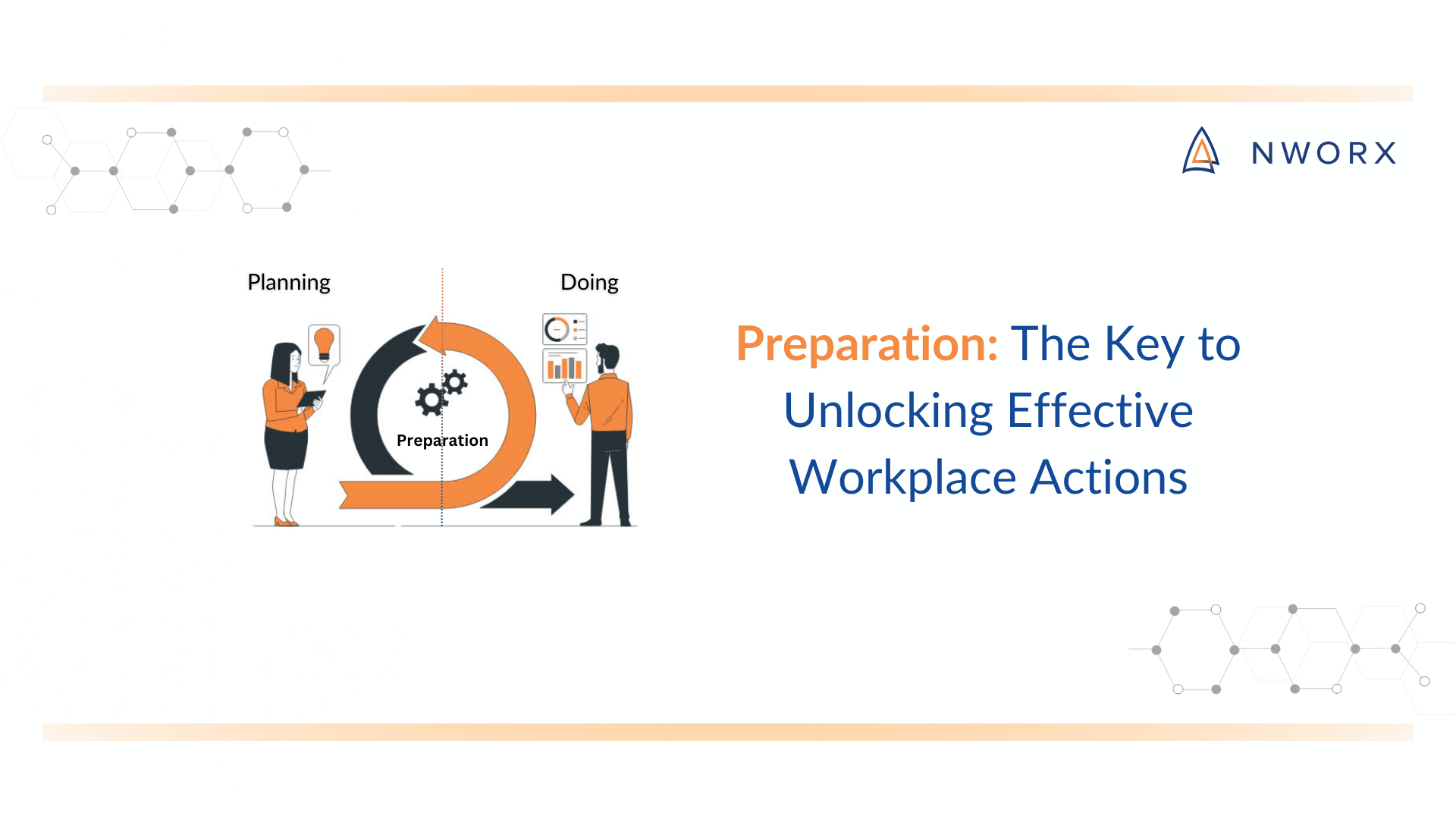The Fallacy of ‘Learning Precedes Doing’
In today’s ever-evolving work landscape, the nature of the workplace has undergone a profound transformation. The simplicity of established processes and standard operating procedures, characteristic of a bygone era, has given way to a complex and dynamic environment. The days when employees, like well-oiled machines, diligently executed tasks they were trained for are now a distant memory. Indeed, many in the current workforce may scarcely believe such a workplace ever existed.
Gone are the expectations of monotonous, repetitive tasks. In a world reshaped by transformative forces like the realities of post-COVID, the advent of generative AI, etc, employees are now expected to work intelligently, and empathetically while displaying skills like critical thinking, innovation, emotional intelligence, and leadership at every level.
This discrepancy raises two critical issues:
- Despite the seismic shift in the workplace and the expectations from the workforce, why have the fundamental methods of ‘performing’ remained largely unchanged?
- Why have the methods to empower and enable the modern workforce not evolved in tandem with these new demands?
Organizations still rely on traditional training and development approaches to address the challenges of a far more intricate and constantly shifting business context. The adherence to the outdated notion that learning precedes doing, especially in an age where instant information is at our fingertips and AI technologies are reshaping our world, underscores a significant misalignment. This introduction sets the stage for a critical examination of this disconnect, inviting us to explore how we can realign our approach to learning and performance in alignment with the realities of the modern workplace.
The Legacy of ‘Traditional Learning’
The traditional education system has deeply ingrained a belief that learning equates to the accumulation and recollection of information. This system, with its standardized tests and uniform metrics, celebrated a select few who excelled within its narrow confines. The majority, whose abilities did not align with these rigid parameters, were often left feeling inadequate. This approach, rooted in rote memorization, not only defined academic success but also seeped into our professional lives.
The Birth of ‘Learn, Then Work’
In the industrial era, the workforce was shaped by the demands of uniformity and standardization. The mantra was simple: learn first, then apply. This loop of training and application fostered a workplace of obedient workers, adept at executing pre-defined tasks. Supervisors focused on ensuring adherence to these established processes, with any deviation quickly rectified. In this system, efficiency and expertise were by-products of repetition, and there was little room for deviation or innovation.
Training vs 21st Century Skills
As the industrial era waned, a shift occurred in the professional landscape. The traditional model of transferring explicit knowledge and well-established processes was losing its effectiveness. It became evident that this model did not equip learners with the essential meta-skills of continuous learning, nor did it nurture the capacity for creative thinking, innovation, or pattern recognition – all critical skills for the modern era. Training programs, often backward-looking, failed to capture the tacit knowledge necessary for navigating a constantly changing landscape. Frameworks like 70:20:10 have long advocated for a more holistic approach, emphasizing the limited role of formal training in the broader context of learning and performance. As we move forward, it’s becoming increasingly clear that the future of workplace learning demands a shift beyond the conventional paradigms, paving the way for more adaptive, real-world-focused learning models.
Strategies to Navigate the Learning Fallacy
Embracing Performance-Driven Actions
High-performance teams flourish in environments where the emphasis is on tangible results and practical performance, rather than solely on knowledge acquisition. This necessitates a fundamental shift in perspective, from traditional teaching and training methods to enabling employees to take action and generate real performance outcomes. By aligning development objectives with actionable goals, organizations can build a workforce that applies new skills directly and effectively within their roles. This transition fosters a dynamic, responsive, and results-oriented organizational culture.
Integration of Development with Real-Time Work
One of the most effective strategies is embedding learning and development within the actual scope of employees’ work. Moving beyond isolated training sessions, this approach integrates learning opportunities into everyday tasks and responsibilities. Utilizing adaptive, real-time methods that influence actual work scenarios ensures that development is not only relevant but also immediately applicable. This strategy accelerates skill acquisition and sharpens the focus on job performance, leading to a more engaged and competent workforce.
Leveraging AI for Building High-Performance Teams
The transformation of leadership development and team building in organizations is increasingly driven by an AI-first approach. This strategy involves:
Overcoming Traditional Training with AI: Traditional training models, often characterized by generic content, are increasingly being replaced by Generative AI systems. These systems are designed to assess individual learning needs, provide real-time performance feedback, and craft personalized development plans, thereby bridging the gap between learning and actual job performance.
Combining AI with Human Expertise: Integrating AI with human insights allows for customized development paths tailored to each individual’s unique challenges and opportunities. This ensures that learning and development align with real-world performance needs and organizational objectives.
Personalization and Performance Focus: An AI-first strategy emphasizes optimizing individual development processes and leveraging HR technology to its fullest potential. This approach ensures that each team member’s development is as unique as their role, contributing significantly to the creation and sustainability of high-performance teams.
To understand how execution acumen plays a crucial role in driving high performance and how AI can support decision-making in real-time, explore how execution acumen boosts productivity in today’s workplaces.
The Bottom Line
As we navigate the complexities of the modern workplace, it becomes increasingly clear that the traditional approach falls short of meeting the evolving expectations organizations have of their employees. It is necessary to move beyond the rigid confines of past learning models, advocating for a more dynamic, performance-driven approach. Integrating AI into this process is not just an enhancement but a fundamental shift, aligning learning more closely with the real-time needs of the workforce. The future calls for adaptability, continuous innovation, and a deeper integration of technology and human insight.
As organizations and individuals, our readiness to embrace these changes will define our success in an ever-evolving professional landscape. The journey ahead is challenging, but it holds the promise of a more skilled, responsive, and empowered workforce, equipped to thrive in the complexities of our times.



Execution Acumen: The Key to Boosting Workplace Productivity
[…] To dive deeper into how traditional learning models may hinder performance and how a shift to real-time, performance-driven strategies is essential for success, check out this related discussion on breaking the learning vs performance dichotomy […]